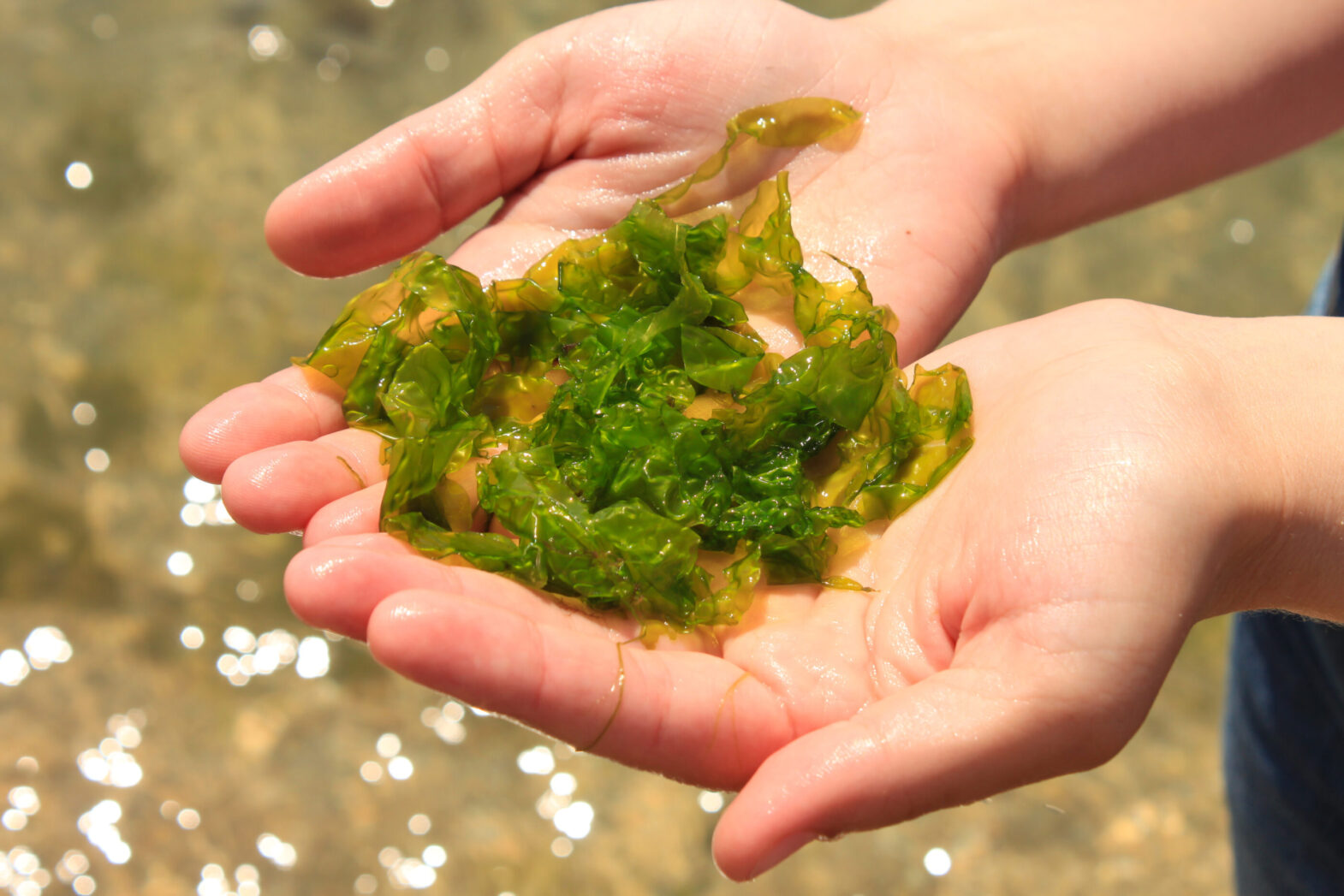What Are Closed Aquatic Ecosystems and Why They Matter
In space research, closed aquatic ecosystems are miniaturized life support systems that include water, plants, algae or fish, all interacting with minimal input from outside. A key recent breakthrough: on China’s space station, scientists achieved a full life cycle of zebrafish—growth, development, reproduction—in just 43 days within such a system. These systems mimic Earth’s aquatic ecology in miniature and are foundational for long-term space missions because they recycle water, produce oxygen, and potentially yield food. They reflect an important bridge between engineering and biology.
Challenges in Building Self-Sustaining Aquatic Ecosystems for Space
Designing these systems is not straightforward. Scientists must carefully balance numerous variables: water chemistry, microbial populations, nutrient cycles, lighting for plant growth, and waste management. Without sunlight, or with only artificial lighting, plants and algae may not photosynthesize adequately. Plus, microorganisms that help break down waste can behave differently in microgravity, affecting the whole system. Research in closed ecological systems emphasizes this complexity and underscores that reliable habitat design requires expertise in ecology, microbiology, and systems engineering.
Implications for Deep Space Habitats & Human Missions
As humanity aims for longer missions—to Mars, the Moon, or permanent orbital habitats—closed aquatic ecosystems offer a promising path toward autonomy. They could reduce supply needs, make life support more robust, and improve astronauts’ psychological well-being through the presence of living systems. Moreover, these ecosystems enhance E-E-A-T pillars: Experience (data from actual space-station experiments), Expertise (multidisciplinary research teams tackling biology + engineering), Authority (peer-reviewed studies developing these systems), Trust (reliable life support is essential for mission safety). Continuing advances here are likely to shape how we live and work beyond Earth.







